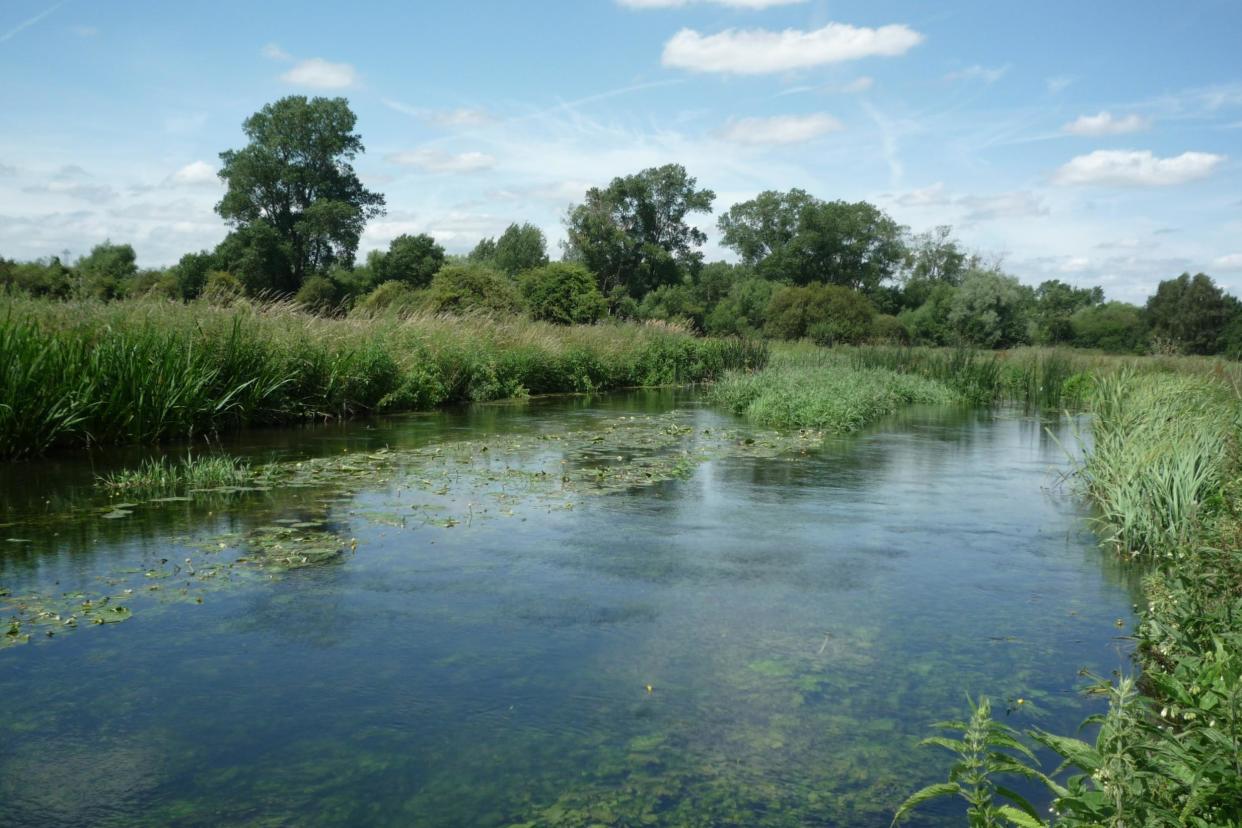ES Views: Wild London: Wildlife and plants rely on the river

Water is the lifeblood of London. The city grew on the banks of the Thames, nourished by seaborne trade. As it flows through the heart of London its powerful tidal waters rising and falling up to seven metres, it may appear brown and lifeless. But above and below the surface there is an abundance of life.
The Thames supports more than 125 different species of fish, including salmon, flounder, European eel and smelt, which curiously smell of cucumber. These in turn attract predators such as inquisitive seals — which can swim as far upstream as Teddington Lock — and birds such as black-backed gulls, for which the Thames is an important corridor.
The Thames is fed by a number of tributaries, rivers such as the Lee, Roding, Ravensbourne, Wandle, Colne, and Crane, over 600 kilometres of which flow through London. These support a rich variety of aquatic animals, such as dragonflies, brown trout, kingfisher and even otters.
Their presence is mostly dependent on rivers which are skirted with lush vegetation, from lemony clusters of marsh marigolds to the bright spikes of purple loosestrife.
London’s rivers are more than wild waterways — they help to reduce high summer temperatures, provide recreational opportunities and bring life to urban landscapes. However, they face severe pressure from pollution, fly-tipping, and water abstraction, so that many of our rivers suffer from poor water quality.
Nevertheless, over the past 20 years London has been at the vanguard of urban river restoration projects. Many organisations are working together to return them to their sinuous natural meanders, soften their banks for plants and provide new habitats for wildlife.
London Rivers Week (next Monday-Sunday) provides an opportunity for us to get close to the water and discover the wonders of the city’s aquatic world.
London Wildlife Trust campaigns to protect the capital’s wildlife and wild spaces. Backed by Sir David Attenborough President Emeritus of The Wildlife Trusts.

 Yahoo News
Yahoo News 
